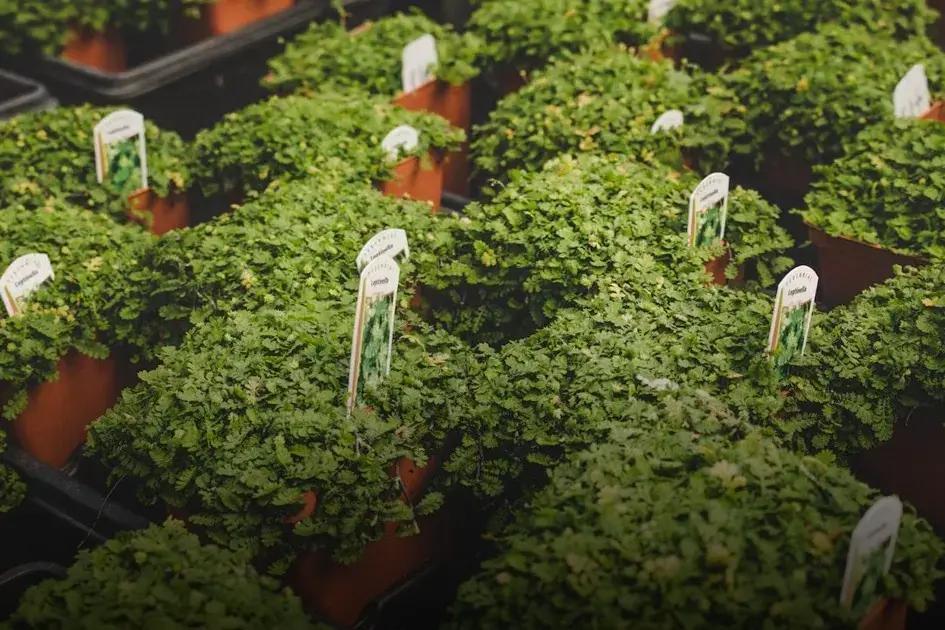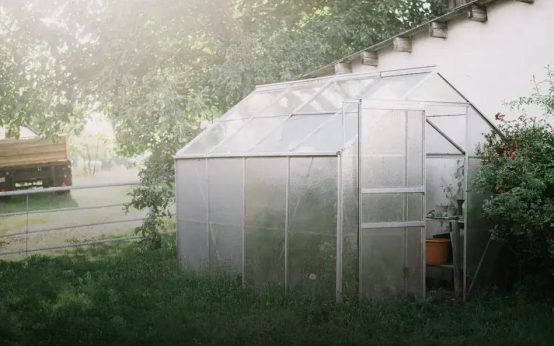Creating a low-maintenance flower garden can transform your outdoor space into a vibrant paradise without demanding constant attention. Whether you’re a busy professional or simply prefer enjoying your garden more than working on it, selecting the right flowers and applying smart gardening techniques can make a significant difference. Dive into our comprehensive guide and learn how to cultivate a flourishing garden that’s both beautiful and easy to manage.
Choosing the Right Flowers for Your Climate
When designing a low-maintenance flower garden, one of the key considerations involves selecting flowers that thrive in your climate. This ensures that the plants require minimal intervention while flourishing beautifully throughout the seasons. Different climates support different types of flowers, from tropical blooms to hardy plants suitable for colder regions.
Know Your Hardiness Zone: Begin by identifying your plant hardiness zone. This will help you determine which plant species will not only survive but thrive. Many nurseries and online guides can assist in finding this information easily.
Focus on Native Plants: Native plants are naturally adapted to your local environment. They require less water, fertilizers, and care. Consider perennials that return year after year, cutting down the need for replanting.
Consider drought-tolerant varieties if you live in an area with limited rainfall. Succulents and specific types of daisies can flourish under these conditions with minimal water. Conversely, if you’re in a region with frequent rain, opt for flowers like hydrangeas or certain lilies that thrive in moist soils.
Research Seasonal Blooms: Selecting a combination of spring, summer, and fall blooming flowers extends your garden’s color display without needing constant replanting. Look for plants that bloom at different times of the year for a longer season of interest.
Ultimately, choosing the right flowers for your climate not only ensures a vibrant and colorful garden but also a sustainable one that’s easy to maintain. Making informed decisions about plant selection leads to healthier plants, fewer pests, and a reduced need for chemical interventions.
Soil Preparation and Amendments

For successful low-maintenance flower gardens, proper soil preparation is crucial. Begin by clearing the designated area of weeds, rocks, and debris, ensuring a clean starting point. Test the soil using a simple pH kit; ideal garden soil should be slightly acidic to neutral, with a pH of 6.0 to 7.5.
If the test reveals deficiencies, the addition of soil amendments is necessary. Organic matter is particularly beneficial; consider mixing in compost or well-rotted manure. These materials enrich the soil with essential nutrients while improving drainage and aeration.
Incorporating amendments requires tilling the soil to a depth of about 12 inches. This allows the amendments to integrate thoroughly with the native soil, creating an optimal environment for root development.
Another aspect to consider is the soil’s texture. Sandy soils may require additional organic matter to improve water retention, whereas clay soils could benefit from sand or gypsum to enhance drainage. Balancing the soil structure ensures roots can access sufficient air and moisture.
After preparing the soil, implement a layer of mulch to conserve moisture, suppress weeds, and maintain consistent soil temperature. Wood chips, bark, or straw are excellent choices that decompose slowly, providing long-term benefits.
Consider planting cover crops during off-seasons to further improve soil health. Crops like clover or rye add organic matter and prevent erosion, ultimately benefiting your flower garden’s sustainability and ease of maintenance.
Efficient Watering Techniques
Efficient Watering Techniques are critical for maintaining a thriving and beautiful flower garden with minimal effort. Using water wisely not only conserves this precious resource but also ensures your flowers receive the right amount of hydration.
Drip Irrigation
is a popular method that delivers water directly to the plant roots, minimizing evaporation and preventing water from reaching unwanted areas. This technique helps your garden stay hydrated with less water and effort.
For those looking to implement a manual approach, deep watering once or twice a week can be beneficial, rather than frequent shallow watering sessions. This encourages deeper root growth, making plants more drought-resistant. Using a watering can with a long spout allows you to direct water precisely where it’s needed, avoiding unnecessary wetting of foliage which can lead to disease.
Invest in a rain gauge to measure the amount of rainfall your garden receives, ensuring you supplement with irrigation only when absolutely necessary. Also, consider using a smart watering system, which can automatically adjust watering schedules based on the weather data it gathers. This not only saves time but optimizes water use, keeping your garden healthy and sustainable.
Mulching for Reduced Weeding

Using mulch in your flower garden is a powerful strategy for reducing the growth of weeds, which can otherwise compete with your plants for nutrients and space. Mulch acts as a natural barrier by covering the ground around your plants, thus depriving unwanted weeds of the sunlight they need to grow. This simple step can significantly decrease the time you spend weeding.
One of the most popular mulching materials is organic mulch, such as shredded bark, wood chips, straw, or even leaves. These materials gradually break down, enriching your soil with essential nutrients and improving its structure over time. Organic mulch not only controls weeds but also assists in retaining soil moisture by reducing evaporation. This is particularly beneficial in the warm summer months when water conservation is key.
Additionally, mulch helps to regulate soil temperature, protecting plant roots from extreme heat and cold, and preventing soil erosion during heavy rain. For those in dryer climates, inorganic mulch options like gravel or landscape fabric can be considered, as they are durable and require less frequent replenishment compared to organic options.
When applying mulch, aim for a layer that is about 2-3 inches thick. Be sure not to pile it against plant stems or tree trunks to avoid issues such as rot and disease. Regularly check your mulch layer and replenish it as needed, especially after heavy rainfall or strong winds, to maintain its effectiveness.
Seasonal Maintenance and Care Tips
As the seasons change, it’s crucial to adapt your flower garden’s maintenance routine. Each season presents different challenges and opportunities for your plants. In spring, focus on cleaning up dead plant material and ensuring that the soil is fertile and ready for new growth. During summer, your garden requires consistent watering and monitoring for pests. Make sure to remove weeds regularly to prevent them from competing with your flowers for nutrients.
Come autumn, clean up fallen leaves and debris to prevent disease. Autumn is also a great time to divide and transplant perennials to encourage healthy growth during the next growing season. As winter approaches, mulch around your plants to protect roots from frost. For particularly harsh climates, you might need to cover delicate flowers or bring them indoors.
Always keep an eye on the weather and adjust your garden maintenance accordingly. With the right approach, seasonal care can ensure your low-maintenance flower garden flourishes year-round.


 Harvesting Herbs: Secrets for Best Flavor Timing
Harvesting Herbs: Secrets for Best Flavor Timing  Tips for Growing Tomatoes That Produce Fruit Effectively
Tips for Growing Tomatoes That Produce Fruit Effectively  Companion Planting: Discover Plants That Thrive Together
Companion Planting: Discover Plants That Thrive Together